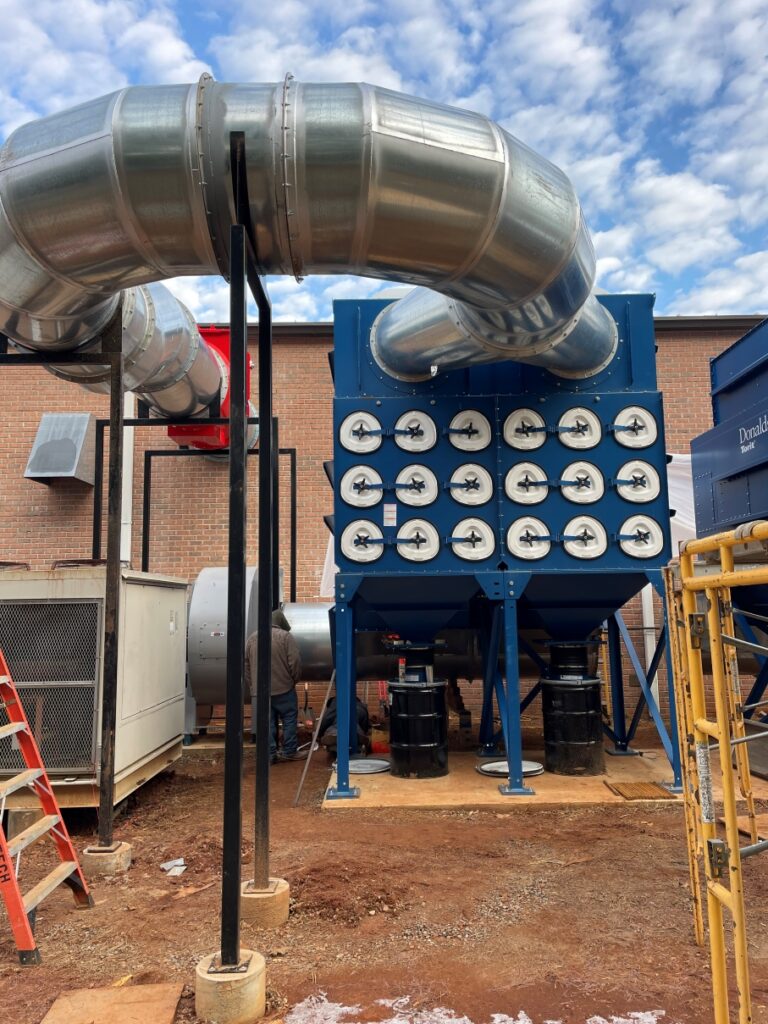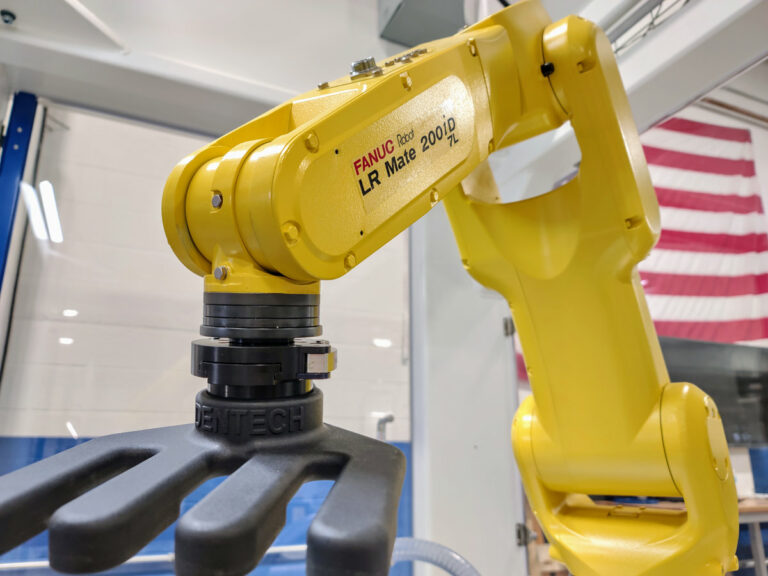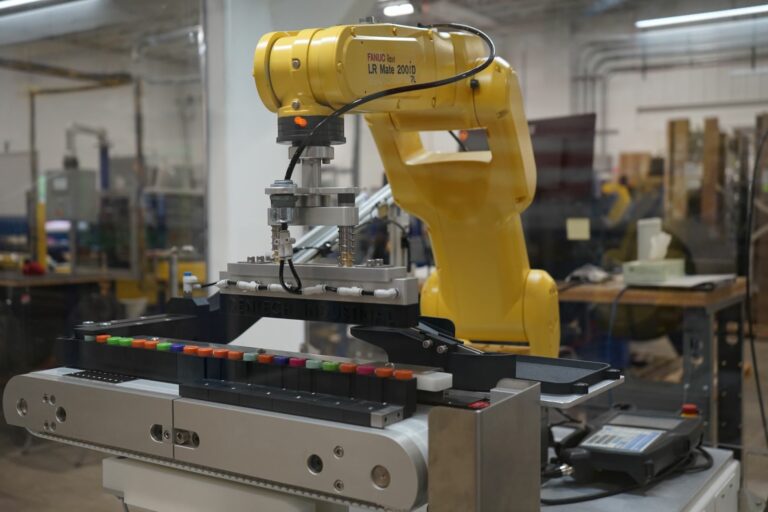Trends in industry growth, reshoring efforts, and technology advancements will bring many opportunities to welders over the next decade. Read on to see what’s driving these trends.
Industry growth
According to the U.S. Bureau of Labor Statistics, employment for welders, cutters, solderers, and brazers will grow 8% from 2020 to 2030. This is about as fast as the average for all occupations.
Job opportunities for welders come from a combination of current openings, demands from industry growth, and anticipated gaps from professionals who are retiring, advancing, or changing careers. An estimated 314,000 new welding professionals will be needed by 2024.
These factors offer great opportunities for people who work in welding or want to work in welding.
For current welders, they may have opportunities to advance as older professionals retire.
For students and other people who want to work in welding, the job outlook is positive for them in the next decade.
Reshoring efforts
Companies outsource their manufacturing to other countries for two main reasons: lower labor costs and lower overhead costs. Reshoring is the process of bringing manufacturing operations back to the U.S.
This is not a new concept, but COVID-19 pushed companies to reconsider outsourced operations. COVID-19 challenged companies with closed facilities, staff changes, and disrupted supply chains. These challenges were even more difficult when managing raw materials and finished products coming from other countries to the U.S.
To reduce risks to supply chains and product availability, more companies are moving their work closer to home. The 2021 Thomas State of North American Manufacturing Report found that 83% of manufacturers are planning to add North American suppliers to their supply chains within a year.
As companies reshore their manufacturing operations, more fabrication and welding work will be needed. To meet increasing demands, welding companies will need to recruit welding professionals. Another option is to use automation to offset worker shortages.
Technology advancements
To meet growing demand for welding and fabrication, many companies are adding robotics and automation to their processes. Welding robots help boost the productivity of manual welders so they can meet project requirements with consistent, high-quality work.
Robotics help offset labor shortages, but manual welders are still needed. Some training facilities are using augmented reality to enhance employee training. Augmented reality blends computer-generated images with real-world objects. It offers a more realistic experience than previous virtual reality technologies.
Augmented reality allows students to train with realistic simulations and cuts down on material costs. It also eliminates injury risks, so new welders can learn processes before using welding equipment. Effective training is especially important in a time when the welding industry faces labor shortages.
These trends in industry growth, reshoring, and technology advancements will offer lots of opportunities to current and future welders.





